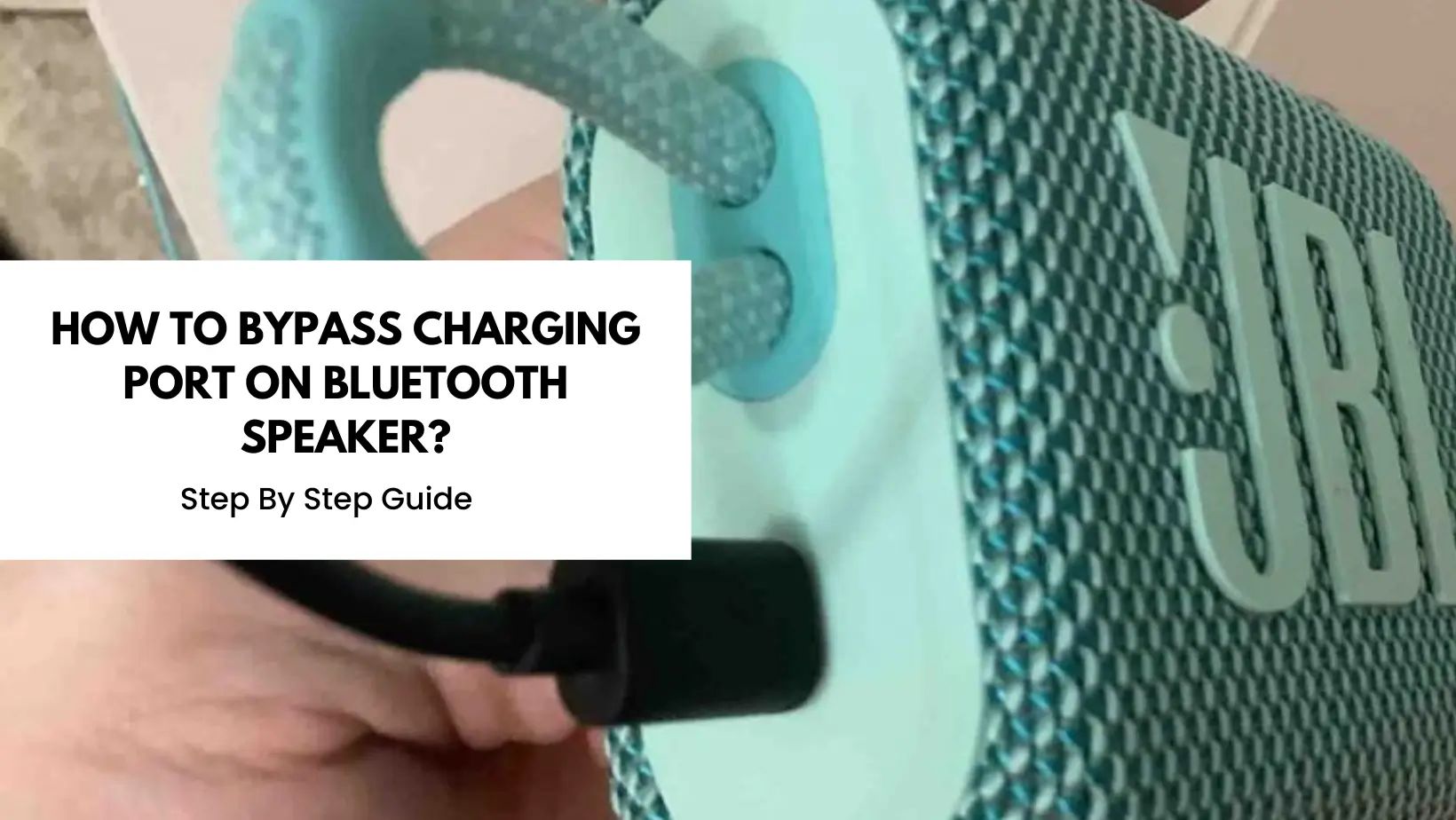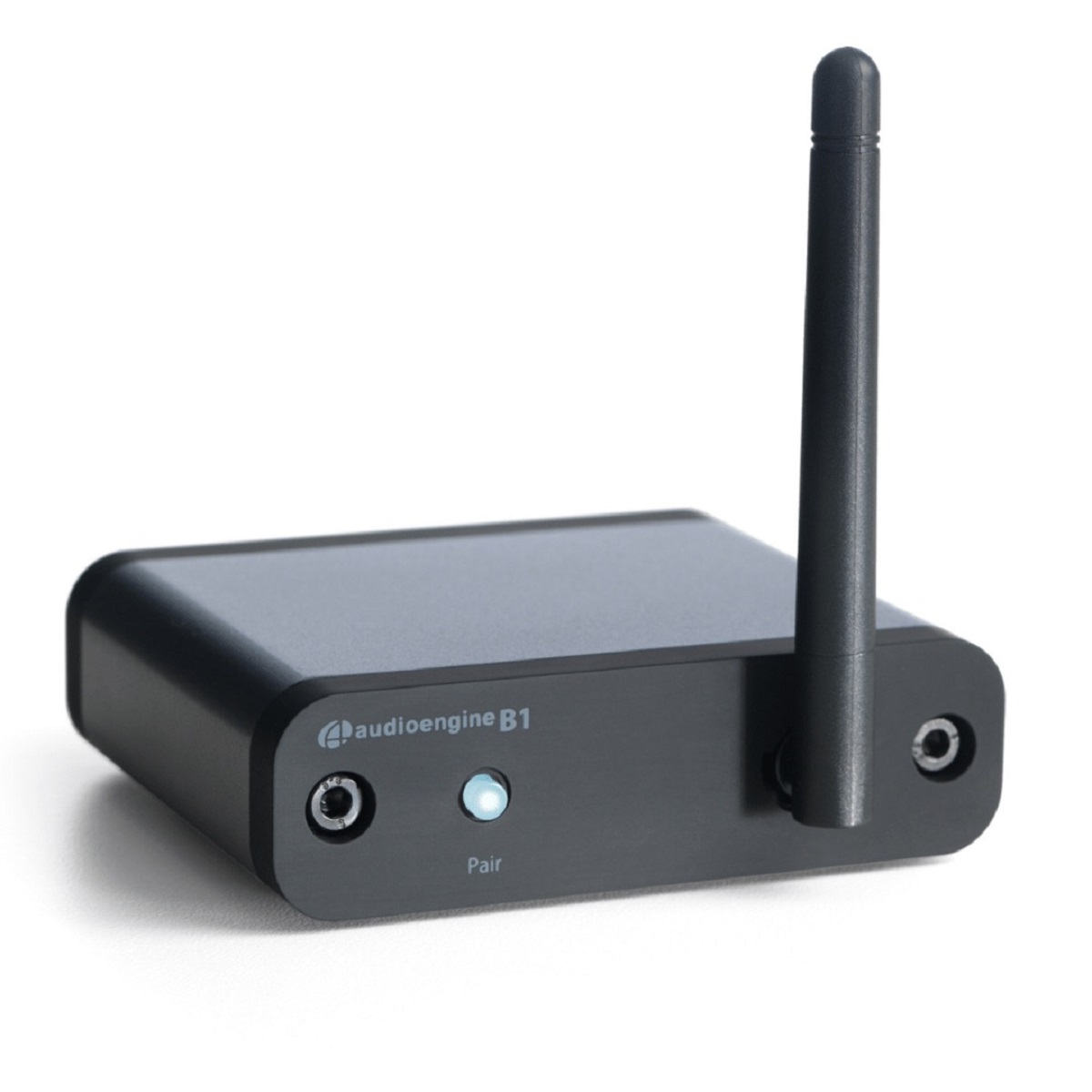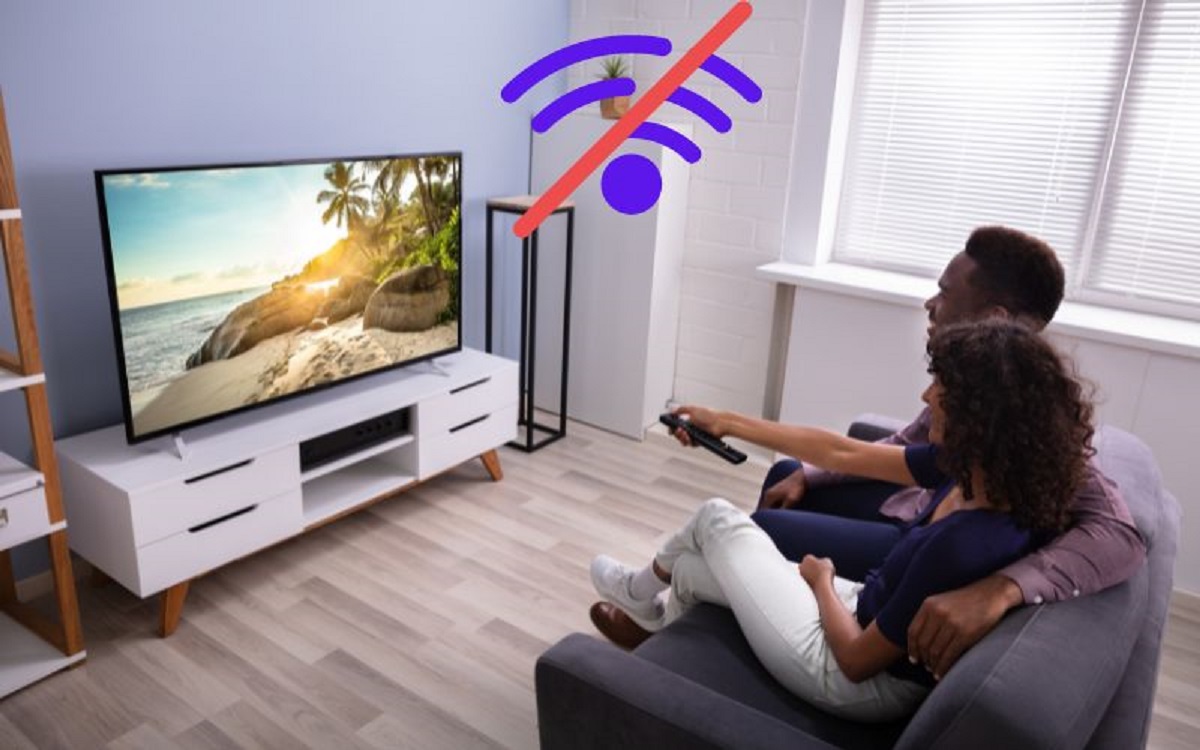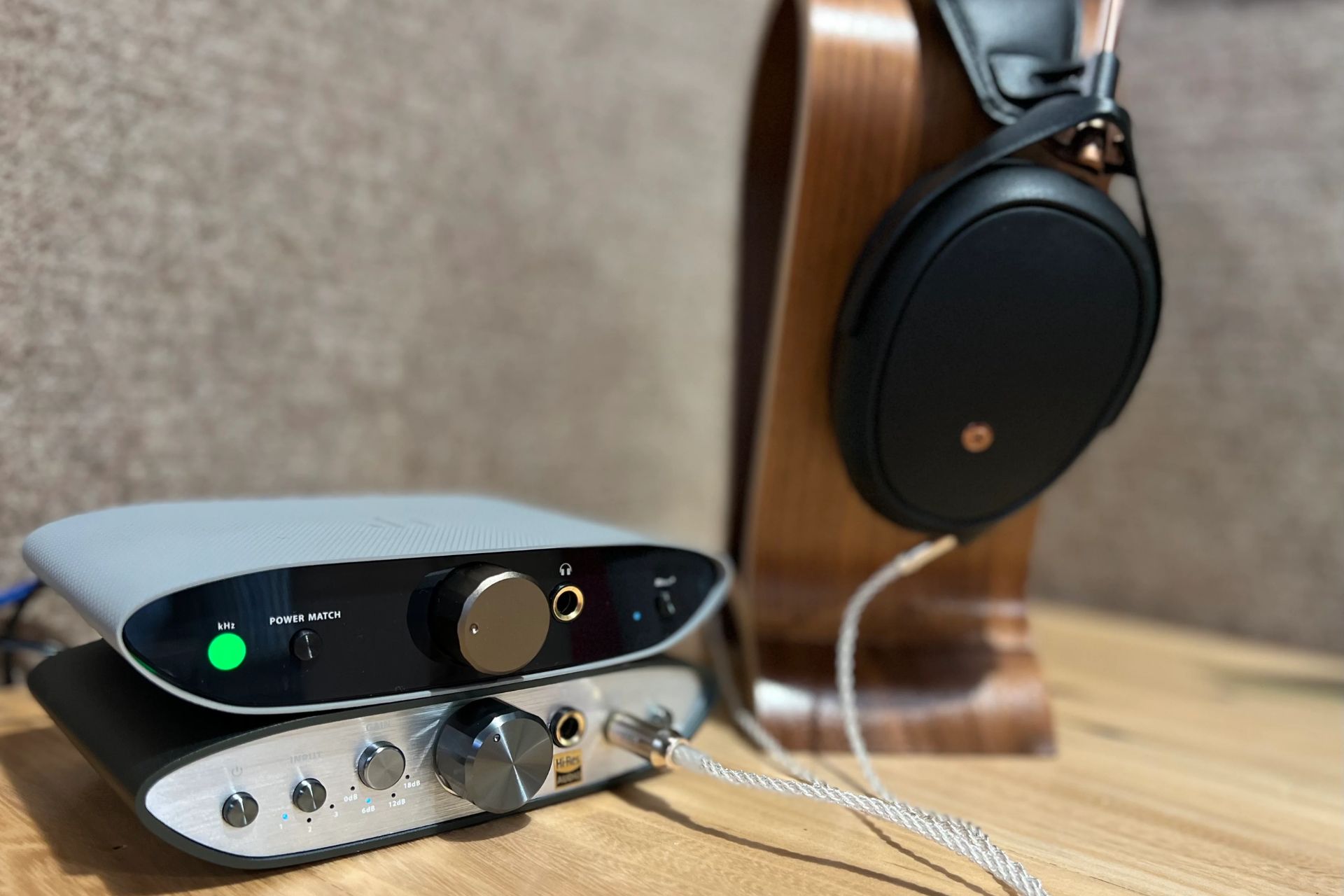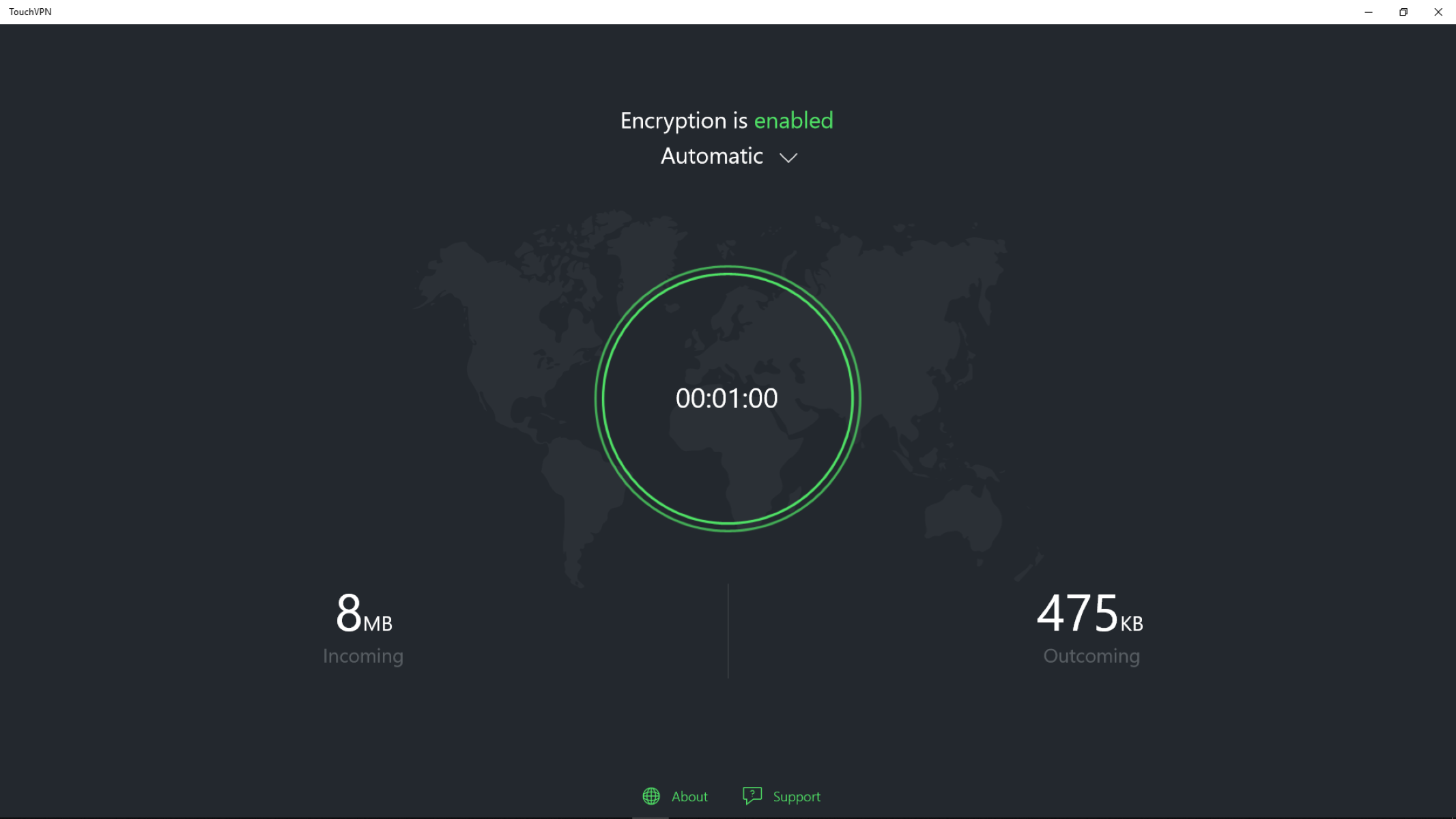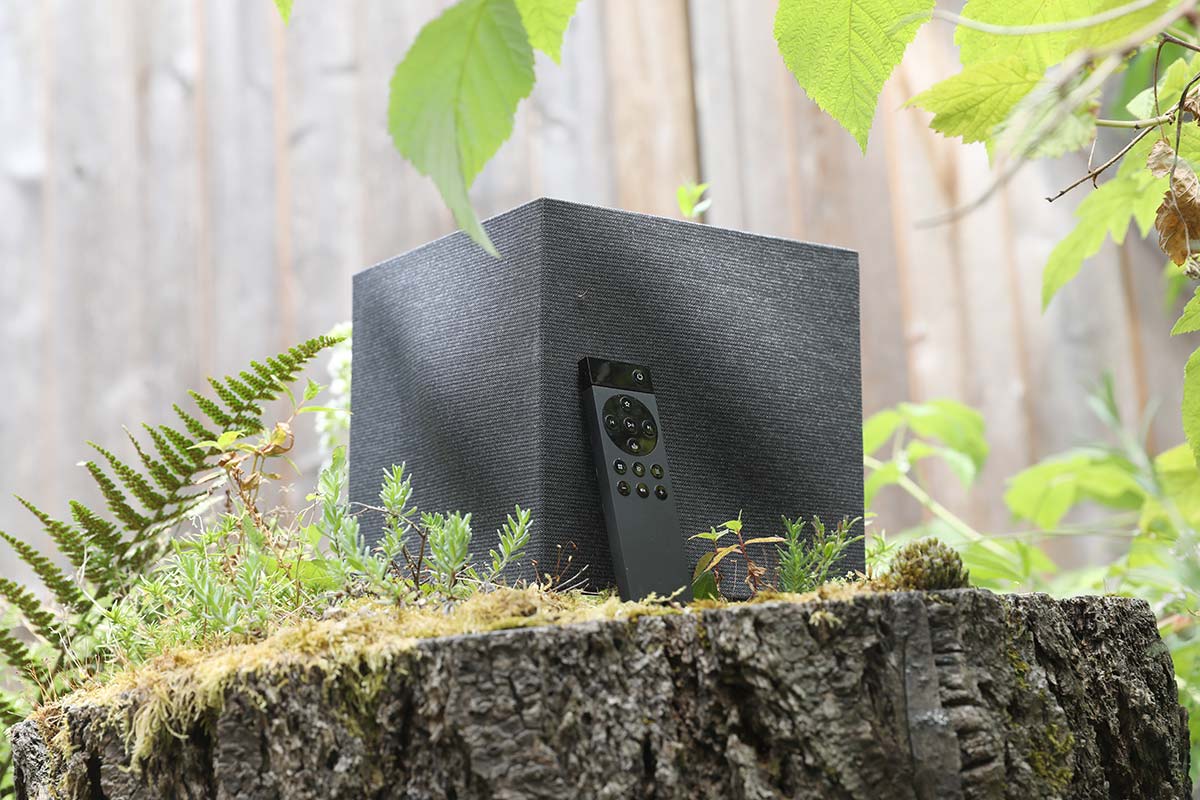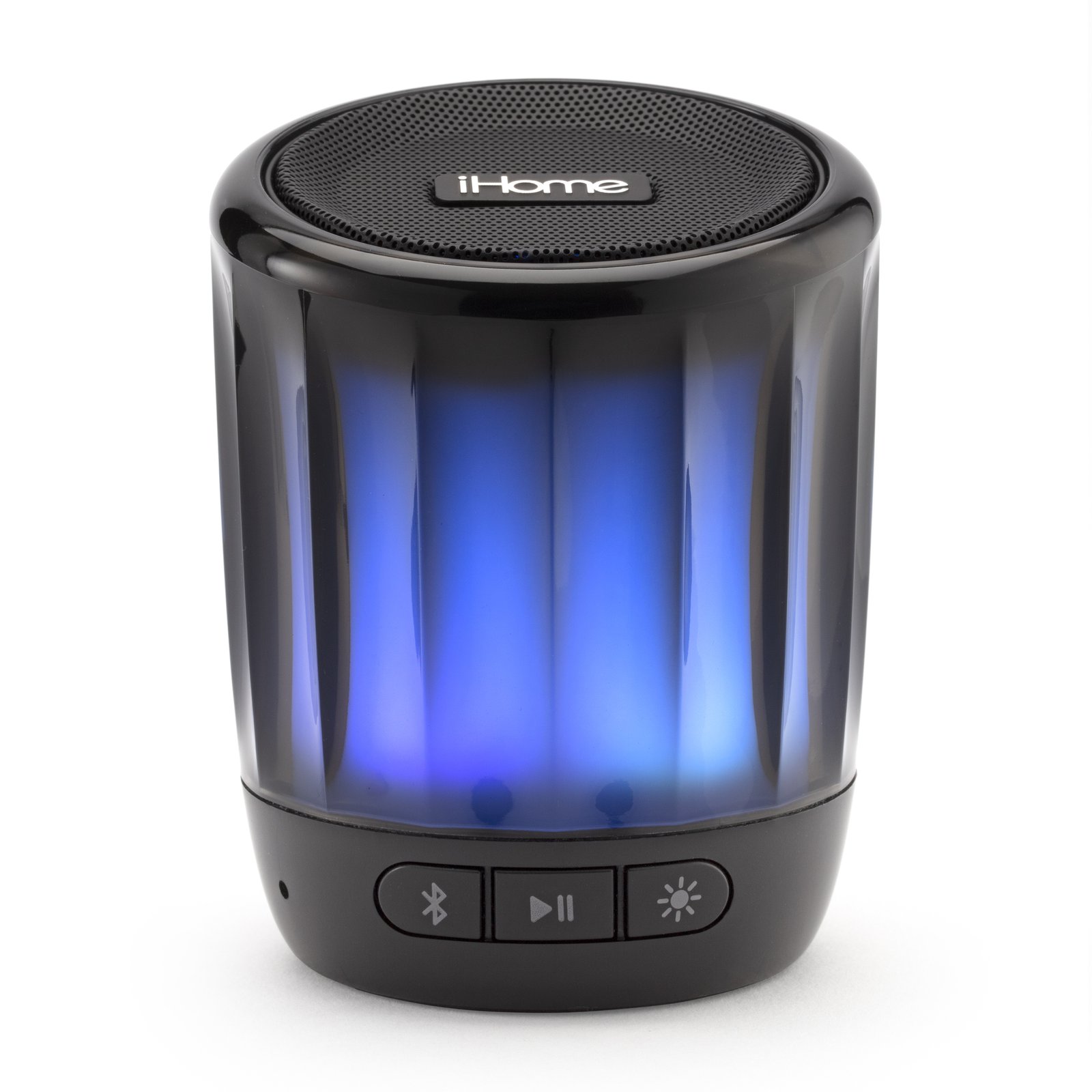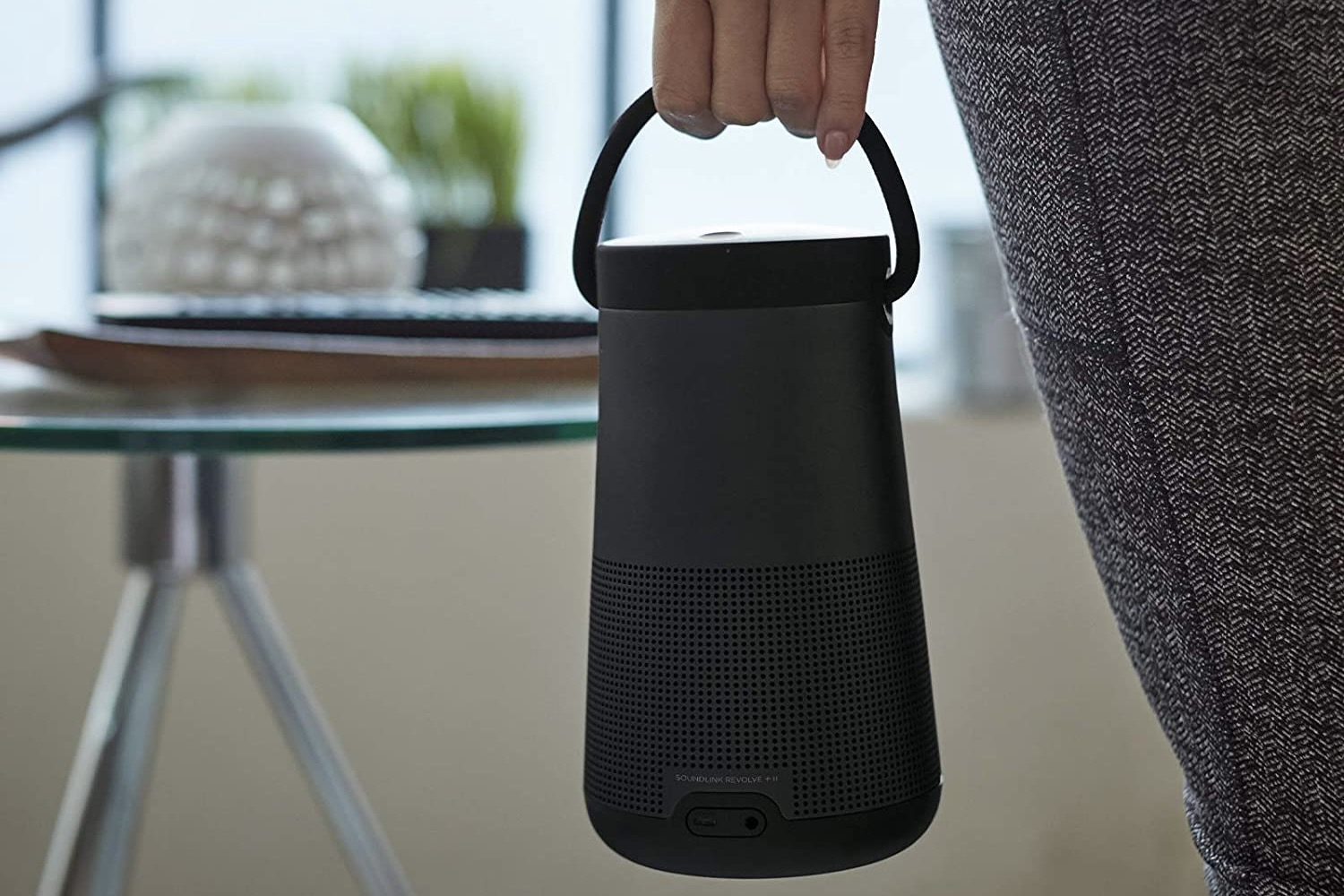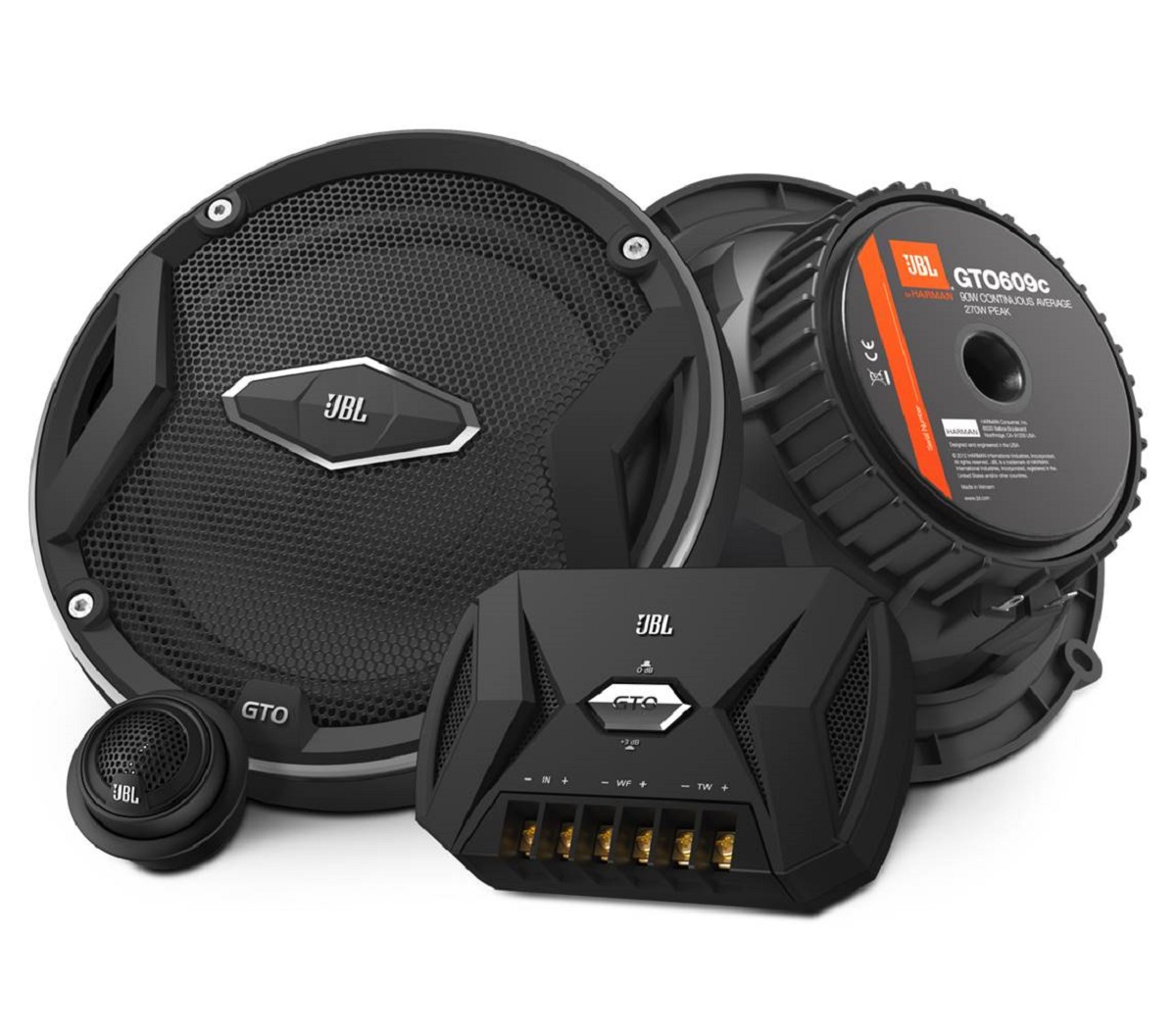Introduction
Bluetooth speakers have become a popular accessory for music lovers and tech enthusiasts alike. These portable speakers offer the convenience of wireless audio streaming, allowing you to enjoy your favorite tunes on the go. However, like any electronic device, Bluetooth speakers can encounter technical issues over time.
One common problem that Bluetooth speaker users may face is a faulty or damaged charging port. When the charging port is no longer functional, it can be frustrating, especially if you rely on your Bluetooth speaker for regular use. Luckily, there are some practical solutions you can try to bypass the charging port and continue using your Bluetooth speaker.
In this guide, we’ll explore various methods that can help you overcome the charging port problem and keep your Bluetooth speaker powered up. Whether it’s using alternative charging methods, wireless charging options, or DIY solutions, we’ll provide you with step-by-step instructions to help you get back to enjoying your favorite music.
It’s important to note that attempting any of these methods may void your warranty or potentially damage your Bluetooth speaker further. Therefore, it’s always recommended to contact the manufacturer or seek professional repair if you’re unsure or uncomfortable undertaking these solutions yourself.
Without further ado, let’s dive into the different ways you can bypass the charging port on your Bluetooth speaker and keep the music playing!
Step 1: The problem with the charging port
The charging port is a crucial component of any electronic device, including Bluetooth speakers. It allows you to recharge the built-in battery and ensure uninterrupted playback. However, over time, the charging port may start to malfunction or become damaged, rendering it ineffective for charging.
There are several reasons why the charging port on your Bluetooth speaker may stop working. It could be due to regular wear and tear, water damage, or a loose connection. Sometimes, the charging port may get clogged with dirt or debris, preventing a proper connection. Other times, physical damage or a faulty internal component could be the culprit.
If you notice that your Bluetooth speaker isn’t charging when connected to a power source, it’s essential to inspect the charging port for any signs of damage or debris. Carefully check for bent pins, corrosion, or loose connections. It’s also helpful to try using different charging cables and power adapters to rule out any issues with the accessories.
If the charging port appears to be damaged or non-functional, don’t despair just yet. There are alternative solutions you can try to bypass the charging port and continue using your Bluetooth speaker. Let’s explore these methods in the following steps.
Step 2: Check if there’s an alternative charging method
Before exploring more complex solutions, it’s worth checking if your Bluetooth speaker supports any alternative charging methods. Some Bluetooth speakers come with a USB port that can be used for charging instead of the dedicated charging port. This can be a convenient option if your charging port is not functional.
Take a close look at your Bluetooth speaker to see if there’s a USB port available. It’s usually located somewhere on the speaker, either on the back, side, or bottom. If you find a USB port, you can use a USB cable to connect your speaker to a power source, such as a computer, USB wall adapter, or power bank.
If your Bluetooth speaker doesn’t have a USB port, you can explore other alternative charging methods. Some speakers come with removable batteries that can be charged separately using an external battery charger. Check if your speaker allows for battery removal and consider investing in an external battery charger if this option is available to you.
It’s worth noting that alternative charging methods may not provide the same level of convenience as the original charging port. However, they can be a temporary solution to keep your Bluetooth speaker powered up until a more permanent fix is found.
If you’ve determined that your Bluetooth speaker does not have any alternative charging options, it’s time to move on to the next step and explore using an external battery charger.
Step 3: Using an external battery charger
If your Bluetooth speaker does not have a USB port or alternative charging methods, using an external battery charger can be a viable solution. This method allows you to charge the battery of your Bluetooth speaker without relying on the charging port.
First, you’ll need to remove the battery from your Bluetooth speaker. Refer to the user manual or online guides for instructions on how to safely remove the battery. Once the battery is detached, it can be placed into an external battery charger specifically designed for that battery type.
Connect the external battery charger to a power source using the provided cable. The charger will have indicator lights or a display to show the charging progress. Make sure to follow the instructions provided with the charger to ensure proper charging.
While the battery is charging externally, you won’t be able to play music directly from your Bluetooth speaker. However, once the battery is fully charged, you can reinsert it into the speaker and resume using it as usual. This method effectively bypasses the faulty charging port, allowing you to power up your Bluetooth speaker without the need for direct charging.
It’s important to note that not all Bluetooth speakers have removable batteries. If your speaker’s battery is non-removable, this method won’t be applicable. In such cases, you’ll need to explore other options, such as wireless charging, as we’ll discuss in the next step.
Using an external battery charger can be a practical solution for maintaining the functionality of your Bluetooth speaker when the charging port is no longer usable. However, it may require additional equipment and extra steps compared to direct charging. If this method is not suitable for your situation, don’t worry; there are still alternative solutions to consider.
Step 4: Wireless charging options
If your Bluetooth speaker does not have a working charging port and removable batteries, wireless charging can be an excellent alternative. Wireless charging eliminates the need for physical connections and allows you to charge your speaker by simply placing it on a compatible charging pad or dock.
To begin, you’ll need to ensure that your Bluetooth speaker is compatible with wireless charging technology. Some newer models come with built-in wireless charging capabilities, while others may require an additional accessory, such as a wireless charging receiver or case.
If your speaker is already equipped with wireless charging capabilities, all you need to do is place it on a wireless charging pad or dock. Make sure you use a charging pad or dock that supports the same wireless charging standard as your Bluetooth speaker (e.g., Qi standard).
If your speaker does not have built-in wireless charging, you can explore wireless charging receiver options. These receivers are small accessories that connect to your Bluetooth speaker’s charging port, enabling it to receive power wirelessly. Simply plug the wireless charging receiver into the charging port, and then place the speaker on a compatible charging pad or dock.
It’s important to note that wireless charging may not be as fast as direct charging, and the efficiency can vary depending on the specific charger and receiver you use. However, it provides a convenient and cable-free charging solution while bypassing the faulty charging port on your Bluetooth speaker.
Be sure to follow the manufacturer’s instructions for wireless charging and ensure that your Bluetooth speaker is properly aligned with the charging pad or dock to achieve optimal charging effectiveness.
If wireless charging is not a viable option for your Bluetooth speaker or if you prefer a more DIY approach, you can explore the next step, which involves creating a makeshift charging cable workaround.
Step 5: DIY charging cable workaround
If your Bluetooth speaker’s charging port is damaged or non-functional, you can try a do-it-yourself (DIY) charging cable workaround to continue powering your speaker. This method involves creating a makeshift charging cable using common household items.
Start by gathering the necessary materials, including a USB cable and a small screwdriver or similar tool. Begin by cutting the USB cable near the end that connects to the power source, leaving a significant length of cable intact.
Next, carefully strip the outer insulation of the USB cable to expose the inner wires. You’ll typically find four wires inside the USB cable: red, black, green, and white.
Identify the red and black wires as these are the power and ground wires, respectively. Using the small screwdriver or tool, strip the insulation from the ends of the red and black wires to expose the metal conductors.
Now, take a close look at your Bluetooth speaker’s charging port to identify the corresponding power and ground pins. You’ll need to use the small screwdriver or tool to carefully make contact with these pins when connecting the makeshift charging cable.
Once you’ve identified the power and ground pins on the speaker’s charging port, touch the stripped end of the red wire to the power pin and the stripped end of the black wire to the ground pin, ensuring a secure connection.
With the makeshift charging cable connected, plug the USB end into a power source such as a USB wall adapter or a computer. The power should flow through the red and black wires to the corresponding pins on the speaker, providing a power source for your Bluetooth speaker.
While this DIY charging cable workaround may not offer the same convenience as a properly functioning charging port, it can provide a temporary solution to keep your Bluetooth speaker powered until a more permanent fix is found.
It’s important to exercise caution and ensure that the makeshift charging cable is well-secured and does not pose any safety risks. If you’re uncomfortable with this method or unsure about working with electrical components, it’s best to consult a professional or contact the manufacturer for assistance.
Step 6: Contacting the manufacturer or professional repair
If all the previous steps fail to resolve the charging port issue on your Bluetooth speaker, it’s time to consider reaching out to the manufacturer or seeking professional repair services. This step may involve contacting customer support or taking your speaker to an authorized service center for further assessment and repair.
Start by visiting the manufacturer’s website and checking their support section. Look for information on how to contact customer support, whether it’s through phone, email, or live chat. Explain the issue you’re facing with the charging port, providing any relevant details such as the model and serial number of your Bluetooth speaker. The manufacturer’s technical support team may have specific troubleshooting steps or recommendations to address the problem.
If the manufacturer’s support team is unable to provide a satisfactory solution, they might suggest sending your Bluetooth speaker for professional repair. In such cases, they could provide you with a list of authorized service centers where you can take your speaker for evaluation and repair.
When consulting a professional repair technician, they will have the expertise and equipment to diagnose and fix the charging port issue on your Bluetooth speaker. They may be able to replace the charging port or repair the existing one, depending on the extent of the damage. However, it’s important to note that professional repair services may come at a cost, and the repair duration may vary depending on the availability of parts and the technician’s workload.
Before proceeding with any repair option, it’s advisable to consider the warranty status of your Bluetooth speaker. If your speaker is still under warranty, it’s best to contact the manufacturer first, as attempting any repairs yourself or seeking third-party services may void the warranty.
By reaching out to the manufacturer or seeking professional repair, you can take advantage of their expertise and resources to find a solution to the charging port problem on your Bluetooth speaker. It’s essential to weigh the pros and cons of repair costs versus the value and longevity of your speaker before making a decision.
Conclusion
Dealing with a faulty or damaged charging port on your Bluetooth speaker can be frustrating, but it doesn’t have to mean the end of your enjoyment. In this guide, we’ve explored several methods to bypass the charging port and keep your Bluetooth speaker powered up.
First, we discussed the importance of understanding the problem with the charging port and inspecting it for any signs of damage or debris. We then explored alternative charging methods, such as using a USB port or removable batteries if available on your speaker.
If these options were not applicable, we looked into using an external battery charger to keep the speaker powered up. Wireless charging options were also explored as a convenient way to bypass the faulty charging port, either by utilizing built-in wireless charging capabilities or using additional accessories.
In cases where none of the above methods were applicable, we provided a DIY charging cable workaround as a temporary solution. Finally, we emphasized the importance of contacting the manufacturer or seeking professional repair services if all else fails.
It’s important to note that attempting any of these methods may void your warranty or potentially cause further damage to your Bluetooth speaker. It’s always advisable to consult the manufacturer or seek professional assistance if you’re unsure or uncomfortable with these solutions.
Remember, while these alternative methods can keep your Bluetooth speaker functional without direct use of the charging port, it’s always recommended to address the underlying charging port issue for long-term reliability and convenience.
We hope this guide has provided you with useful insights and solutions to bypass the charging port problem on your Bluetooth speaker. Now, you can continue to enjoy your favorite music and audio without the hassle of a non-functional charging port.







